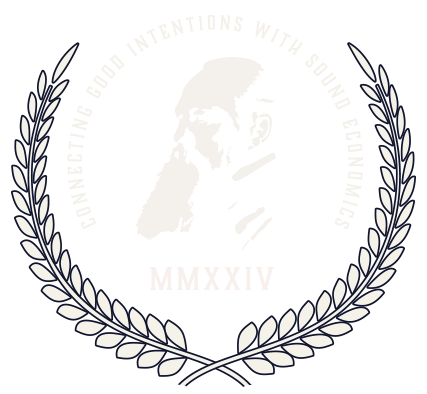Let me resolve this paradox by stating that Jerry Muller is a Professor of History at the Catholic University of America. He has written a book which economists and libertarians ought to read. It is also written in such a style that the general reader can derive great benefit from it.
The book deftly summarizes a mass of scholarship from many different areas–political philosophy, ethics, psychology, history, and literature–without trivializing it into bland encyclopedic entries.
The author sheds light on the various traditions to which Smith was reacting: Greek and Roman philosophy, Christian thought, the Classical Republican tradition, the history of economic thought from Scholasticism, Mercantilism, and natural right theories of Hobbes and Locke.
The classical liberal and libertarian will be skeptical from the start: “designing” and “decent” evoke social planning and puritanical repression. Muller does not pull his punches. Smith is a Popperian “piecemeal social engineer.” Smith is primarily a moralist who wishes the economy and polity to produce better men and women. The economy is part of this civilizing process.
One of the strong points of the book is Muller’s examination of Smith’s social philosophy, properly so-called. There are many intermediary institutions of family, church, and club which are neither part of the political constitution of a society nor are they part of the market. The whole realm of manners and morals are the proper province of these intermediary institutions. Smith recognized that the stronger they are, the less intrusive government needs to be.
Smith’s primary intention is to create institutions which promote self-control. Internal freedom is, in the final analysis, necessary if external freedom is to flourish. If the general public need self-control, then the elites need to develop “superior prudence” for social matters to go well. The potentially corrupting influence of the lifestyles of the rich and famous was as clear to Adam Smith in the eighteenth century as to any viewer of “Hard Copy” in the twentieth.
Muller goes out of his way to show Smith’s incompatibility with the laissez-faire position. Although this has been known for many years, there are still some who have not gotten the message. Some conservatives have unnecessarily limited his vision and scope. But the wearing of neckties with Adam Smith’s image on them by Reaganauts such as Ed Meese was not an affirmation of laissez-faire. It was simply worn by the mainline paleo-conservatives who believe in both free markets (unfanatically) and virtue (unfanatically).
Muller’s view of Smith would sit comfortably with a Wilhelm Roepke, Michael Novak, or Stan Evans. Unlike the free-market imperialists who try to consume everything in the jaws of self-interest or utility maximization models, Smith pays attention to the language and rhetoric appropriate to the different spheres of human activity. Self-interest is helpful, but certainly not exclusive, in discussing the division of labor and exchange. Sympathy and beneficence are appropriate terms to discuss the family and other small groups within society. One needs different rhetorical strategies to discuss these issues, which helps explain many of the differences between the Theory of Moral Sentiments and The Wealth of Nations.
If I had to recommend a single book to get a reader, scholarly or otherwise, started on Smith, it would be Muller’s. He does not dismiss Smith as an antiquarian curiosity who has become outdated. He has found Smith a living reality who is still worth taking seriously in the twentieth century.











